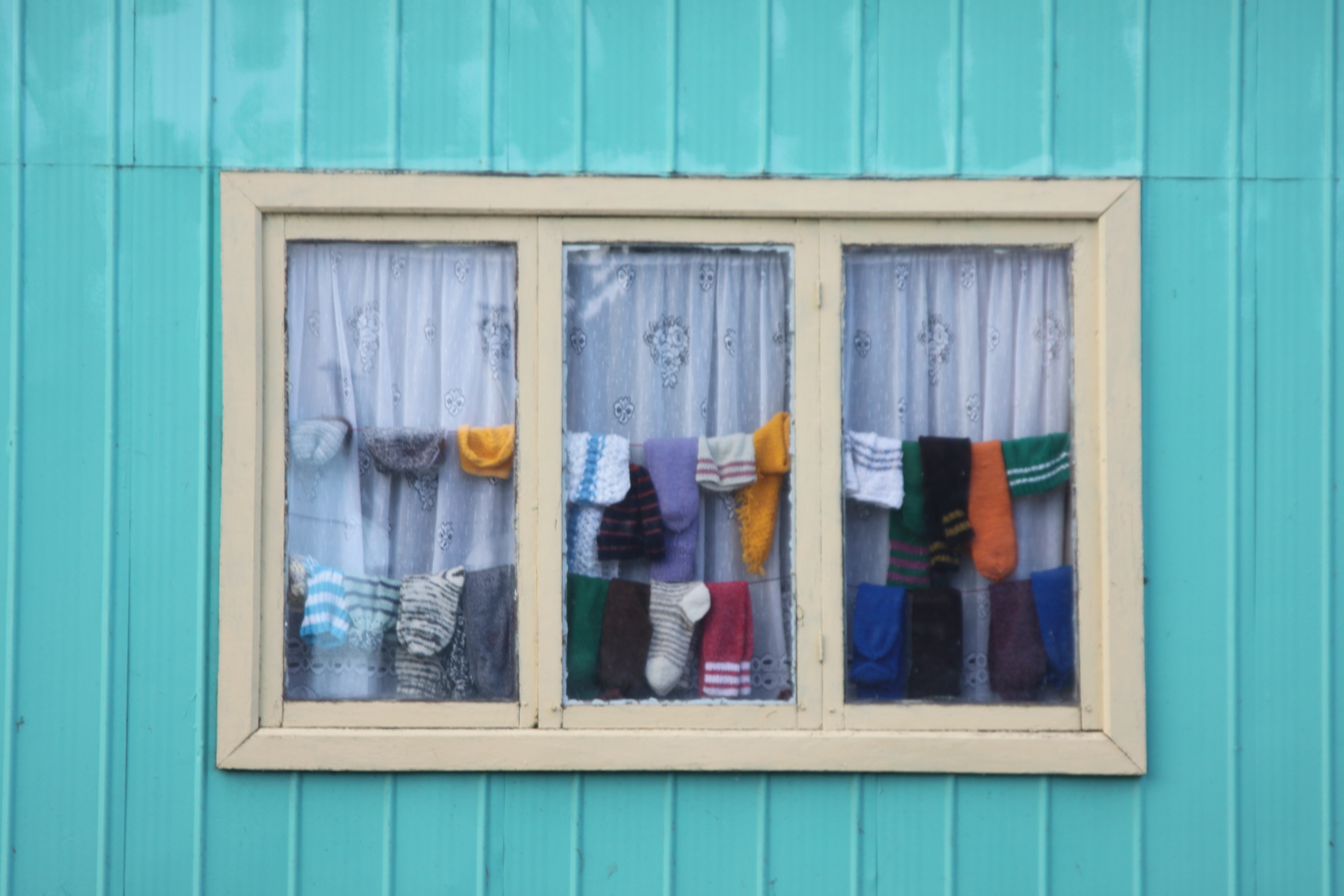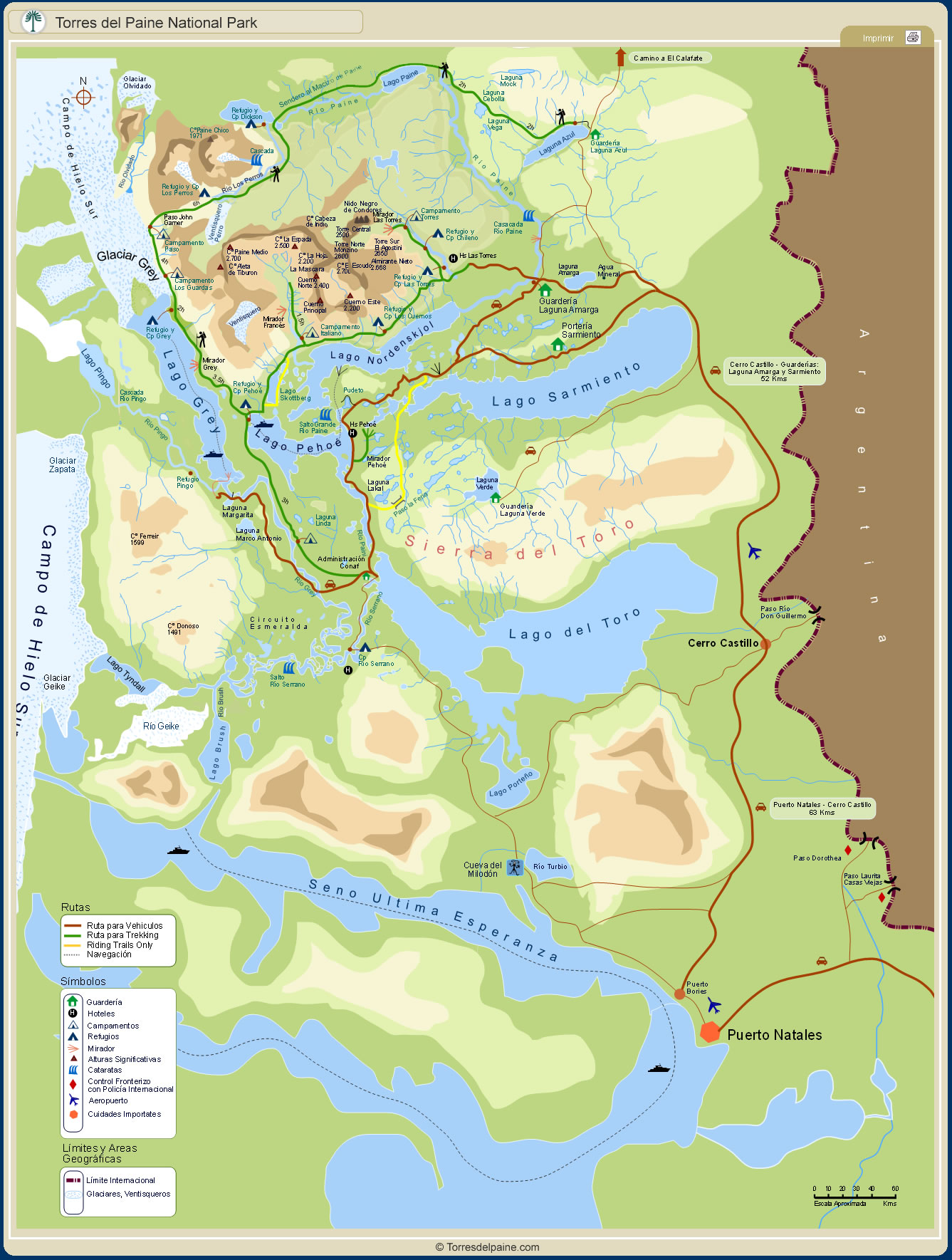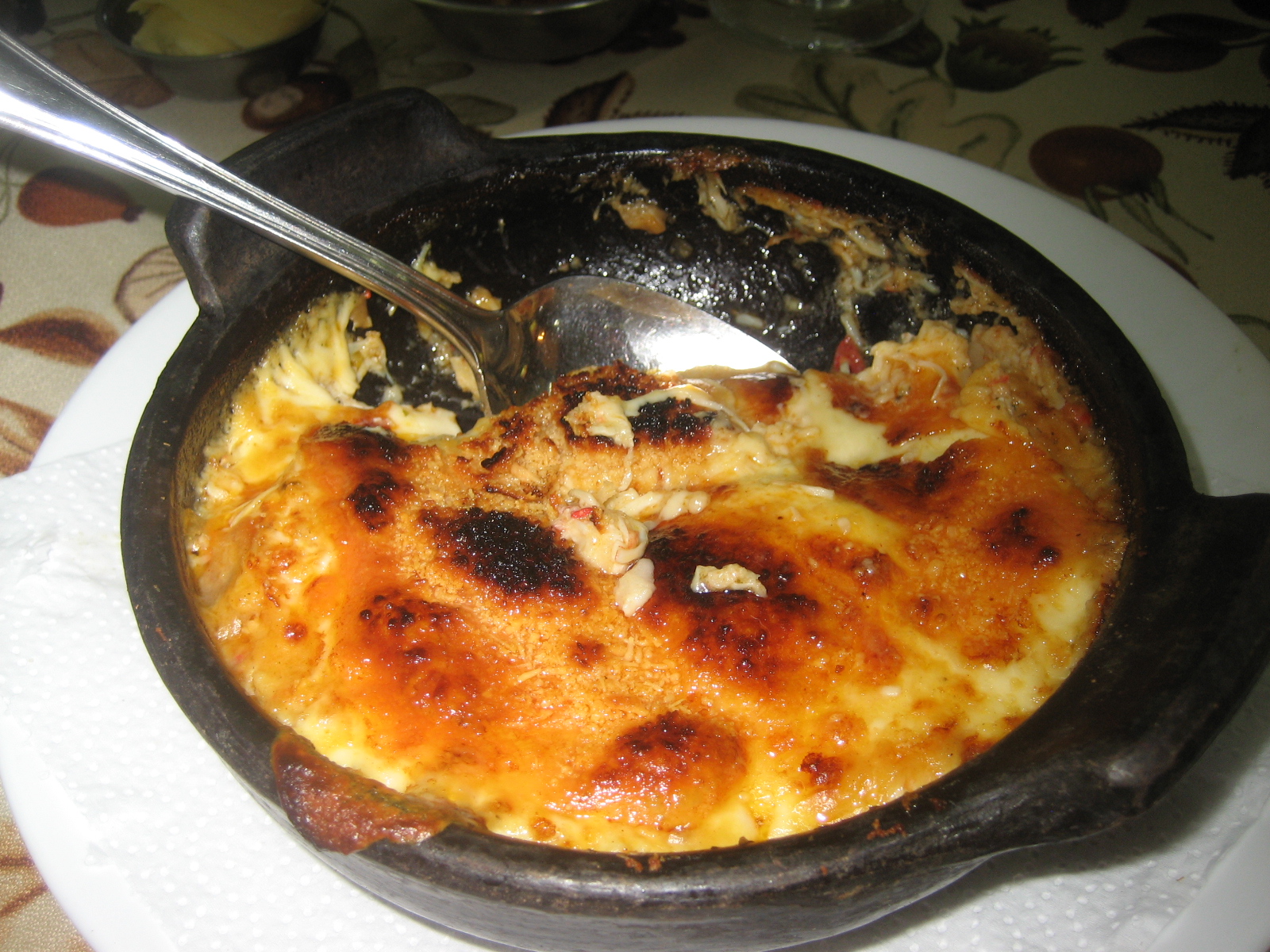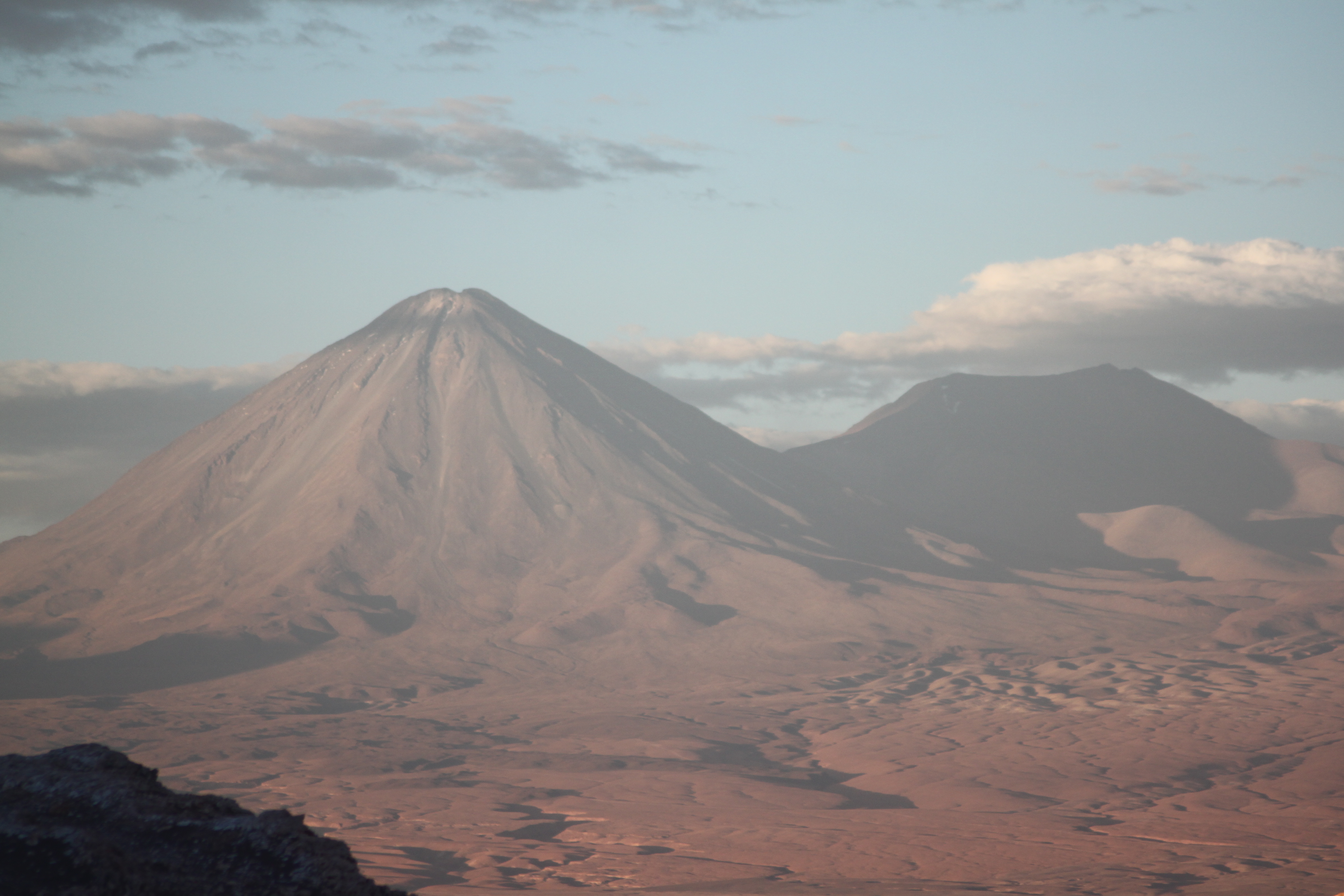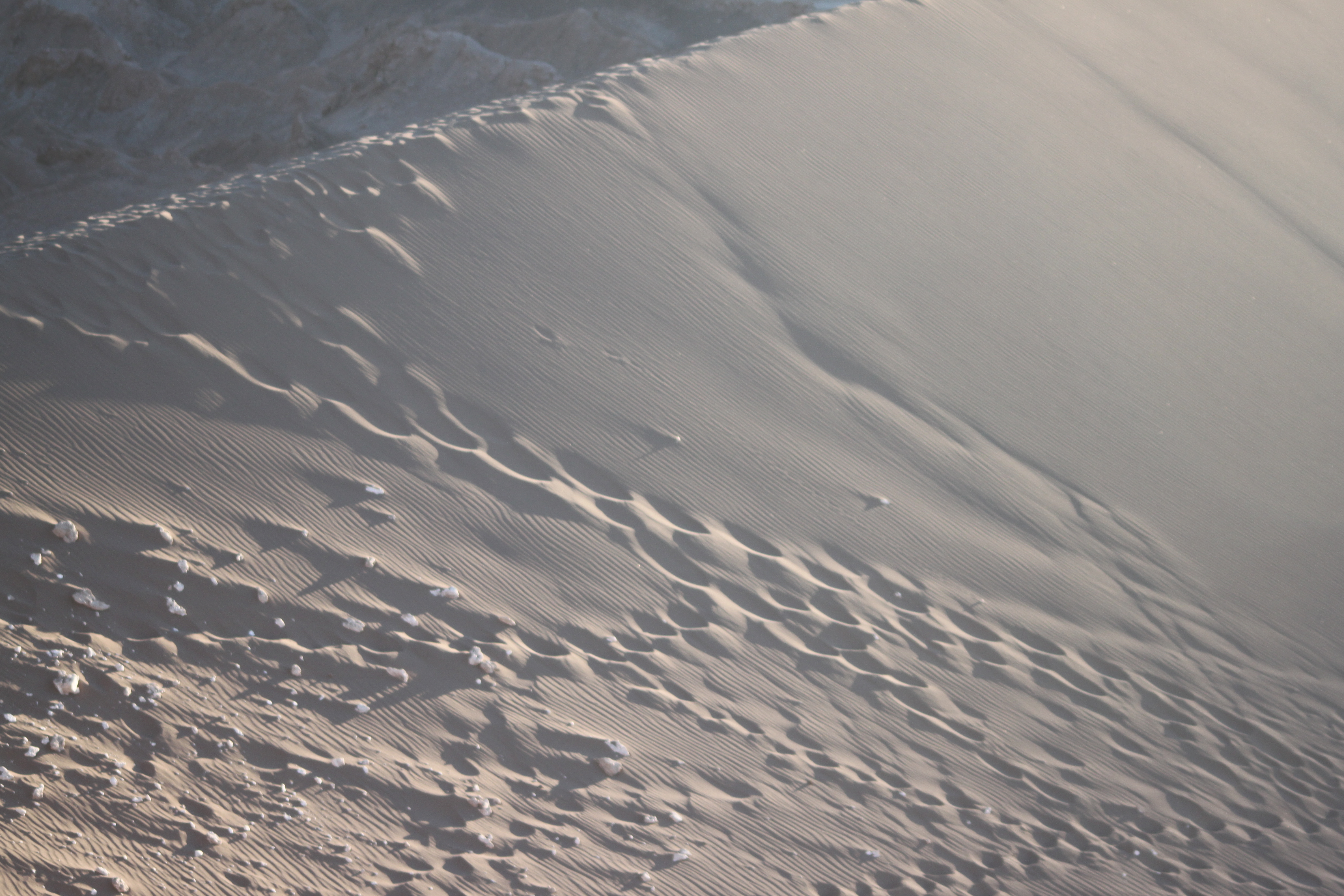Santiago de Chile may be, as Chileans themselves could be thought to be, understated; but the city -again like Chileans- has a wealth and depth that you may miss initially if you don’t look for it!
Santiago likely offers many places to stay in every budget range so I will leave that part to other websites. What is harder to get from a hotel/accommodation website is the various parts of town. Life is very different in Santiago depending on which sector you stay at. The closer to the mountains, the less traditional things get and the more U.S.-like (if that is a fair comparison which it may not be). For example, the eastern suburbs sport the fancier and more standard malls, like Parque Arauco (expensive but an interesting place to hang out on weekend afternoons people-watching!). I stayed next to Parque Arauco at the Santiago Marriott which offered incredible views of the Andes. My favorite rooms were high up (earthquakes aside!) and facing the Andes. But I never said no to a corner suite facing elsewhere 😉
The Centro – The Old Heart of Santiago
The closer to the centro, the more colorful and traditional the city becomes. The centro will tend to be of more interest to someone wanting to explore and get to understand how Chile is unique and how Santiago evolved over time. No matter which end of town you enjoy more (notice “north” and “south” did not enter this discussion), one thing you can be certain of is that the majestic Andes will be your faithful compass as you move around the city…
The centro is the only area in Santiago that suffered to any significant extent during the February 2010 earthquake (which I missed by one and a half days, something I am VERY thankful about!). The structures in the centro are old and pre-date, by a good bit, the great building code currently in place (which likely saved countless lives in this earthquake – following rules pays off; other countries need to learn from Chile…).
Santiago offers some really interesting sights, starting from the imposing like Cerro San Cristóbal which one can visit by taking a funicular or by hiking it. The views of the city from there are unparalleled. But, to me, the best part of Santiago is the part that you walk around and discover on your own. West of the centro but still in the centro are very picturesque neighborhoods like Concha y Toro (yes, named like the winery) with old buildings with architecture of the period and also some still bearing the marks of the February 2010 earthquake. Walk around early in the morning when the light is best and bring your camera if you want some really neat shots.
Driving around Santiago’s Interesting Neighborhoods
One Saturday morning, I hired a taxi to drive me around to whatever the driver thought was worth seeing. It was a great way to view Santiago from a local resident’s eyes and gave me many great photo opportunities!
A picturesque neighborhood I discovered this way was Barrio Patronato. An older part of Santiago with lots of life and charm, normally overlooked probably due to being close to the more popular Barrio Bellavista.
Another discovery was the Cementerio General de Santiago, one of the largest in Latin America with over 2M burials and many former presidents!
Other parts near the centro, like near the university, are great areas to walk around during the day. Sit down somewhere and watch life go by. Perhaps even chat up a local – I have never been disappointed at the thoughtfulness of their opinions be them political, cultural, or otherwise. In fact, taxi drivers in Chile have helped me understand the events of 1973 much better than any history book as they lived that history.
The Mercado Central
Near the centro is the Mercado Central. This is a place to be observed and discovered with just about all senses.
Walk around the seafood stalls and marvel at the freshness and color of the catch. Stop at one of the local places and have lunch and perhaps a pisco. An experience!
Parque de los Dominicos
El Parque de los Domínicos is an arts and crafts market in Santiago on the east side of the city where many artisans still make their crafts and then sell them. It is a historic site and worth seeing (the metro drops you right there on its last stop) even if you can find better bargains elsewhere.
Barrio Bellavista
The Barrio Bellavista district is the home of Pablo Neruda’s home, many artistic murals, nice architecture, and some good eateries. It is also home to Patio Bellavista which felt too forced for me but it may be to your liking as it has a good amount of open dining areas and shops. I prefer to spend the time outside of Patio Bellavista in the neighborhood proper (Santiago Colonial was a good choice for dining).
Food!!!
And that gets me to dining… I had plenty a good meal in Santiago, whether Japón or Osaka for sushi; Cuero Vaca, Don Carlos or Ox for beef; Tiramisu for pizza, etc. I have a whole list and if you are interested, just drop me a note and I can send. Again, lots of local input in building the list and I greatly enjoyed hitting as many of them as possible. Rarely disappointed and plenty of repeat-visits to the ones listed above!
—————————————————————————————————————————————
The question for someone coming to Chile to explore the entire country is how much to spend in Santiago. Yes, it has some very good dining but so do many other cities, so is that what makes it special enough for you to linger longer?
(Photos taken with Canon EOS Rebel)



















